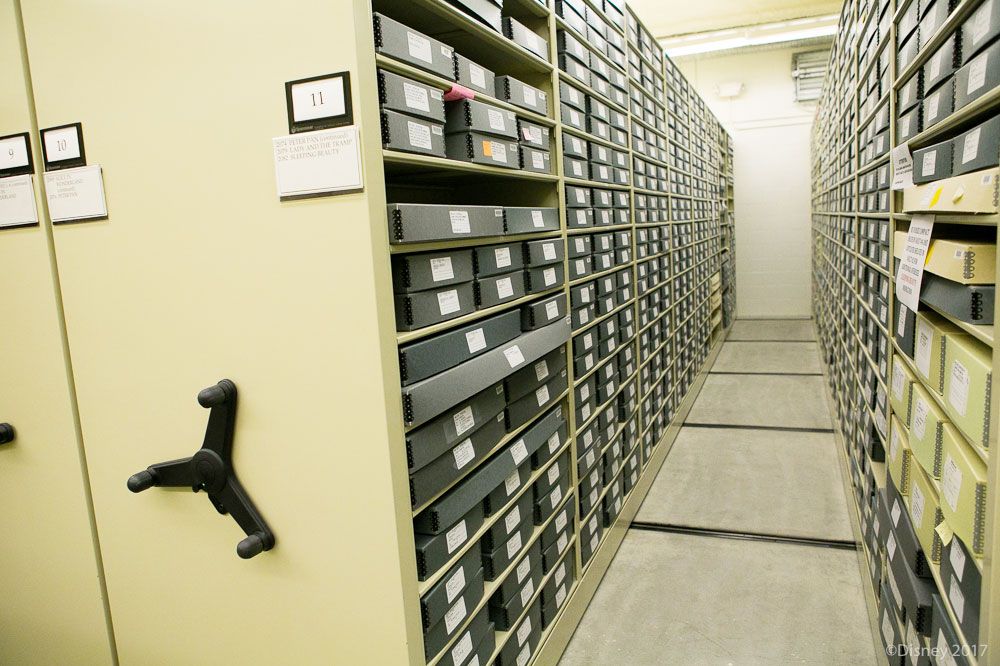UPDATE: With the release of Disney Plus, this post is an archive. Learn how to get Disney+ for FREE or the Disney Plus bundle.
What Is the Disney Vault?
With the recent release of The Little Mermaid from the depths of the Disney Vault, many people asked a familiar question. Just what is the Disney Vault anyway and how does it work?
The Disney “Vault” is the most frequent term used by The Walt Disney Company to refer to a temporary stoppage on releasing certain movies. Disney holds a vast catalog of movies, so it makes sense that they might want to put a focus on different ones at different times.
In fact, Disney’s classic films are mostly on a 10-year cycle. They’re released in theaters, then available for a brief period of time, then they go back inside the Vault. This started all the way back with Snow White and the Seven Dwarfs and as we know continues to this day.
There are a few notable exceptions to this rule. Alice in Wonderland and Dumbo are rarely Vaulted, if you will. And some movies that are technically in the Vault have been available on streaming services like Netflix. Fantasia is an example of this.

Lots of companies do this sort of thing, even if they don’t call it a Vault. (I personally love the term because it conjures such concrete – pun intended – imagery.) Funko is another brand that regularly freezes production on certain toys. It’s similar to the Air Jordan line of shoes. Each time a new pair comes out, the old sneakers are instant classics.
This functions in two important ways. For starters, Disney wants to make sure that their film library receives the attention it deserves. If all the movies were out at once, it could cause a kind of consumer paralysis. With too many options, none of them seem like the right one.
The other reason Disney does this is the same for Funko and Air Jordan and any other company imposing moratoriums or issuing new editions. It immediately enhances the value of the movie (or toy or shoe).
(Nerdy part. Skip over for more good stuff! The technical term is scarcity. The fewer chances there are to get something, the more likely I am to either snap it up when I have the opportunity or to add inherent value to what I already do have.)
Okay, more fun stuff!
The Little Mermaid came out in 1989. I was just 3 years old, but I have vivid memories of it. There are some movies that just stick with you, and that is one of them. Whenever I go to Disneyland (Annual Passholder, right here!) I have to go on the ride. It’s a simple, wonderful journey through the story in just a few minutes, and I can’t ever get enough of it.
Now that the film is out, you can bet I’ll be buying it before it goes back in the Vault for another decade! (It’s available on both Amazon and iTunes.)
Does Disney Have a Real Vault?
Are you sitting down? You might want to.
Because… YES! Disney does have a real vault. In fact, it’s quite literally just down the street from where I live in Glendale, California. So close, yet so far! (There’s no chance I’m getting in there without some Mission: Impossible-level sneaking skills.)

It may not look like everything you imagined. To be honest, I’m still sort of going to picture it more like Uncle Scrooge’s Money Bin.
Even so, what’s in the real Vault is legitimately priceless. According to Drew Taylor, a lucky guy over at Vulture who was allowed inside to celebrate the release of Pinnochio from the Vault, the place is an actual treasure trove. There are countless artworks of every kind imaginable.
Taylor writes that there are more than a million “pieces of artwork for Pinocchio alone”. One million. Just let that sink in. I’m still trying to do that myself.
This artwork is used for many purposes – from archival research to museum exhibitions to galleries in the D23 Expo – but perhaps the most important thing it does is preserve the past. The history of Disney is in a lot of ways the history of animation. It’s a major part of film history, too, and the history of storytelling in America.

It’s a big part of why Disney is what it is now, and how it came to be that way. We love the movies and TV shows and the theme parks not just because they’re scarce sometimes and go back into the Vault. These things are so beloved because they connect with us and resonate deeply with who we are as human beings.
The Disney Vault – both kinds – represent the heart of Disney, what Walt worked on and what he set out to do. I hope to one day see some of the materials and artwork kept there, which should get a lot easier since they’re painstakingly digitizing all of it (right now it’s all only available to certain animation employees).
But even I never get to go inside, I just love knowing that it exists. The Vault stores real, live treasure, whether imagined or not. For this Disney fanatic, that’s enough. At least for now.
Have a magical day!
Share this post on your Facebook, Twitter, or Pinterest page with the easy share icons below.
Neal Tucker is one of the world’s most engaging Disney influencers, with thousands of views and responses across his blog, podcast, and social media profiles every month.
Get started with more D Is For Disney content here